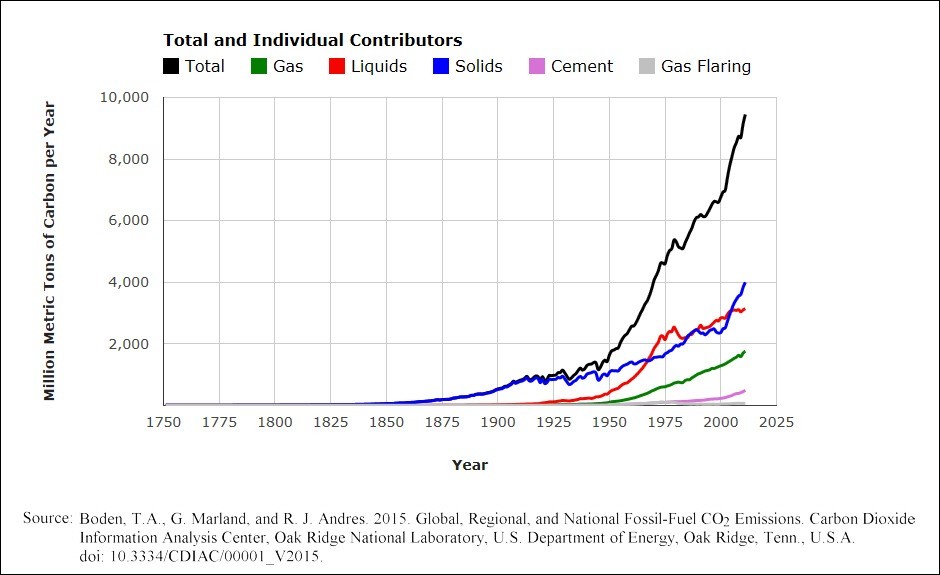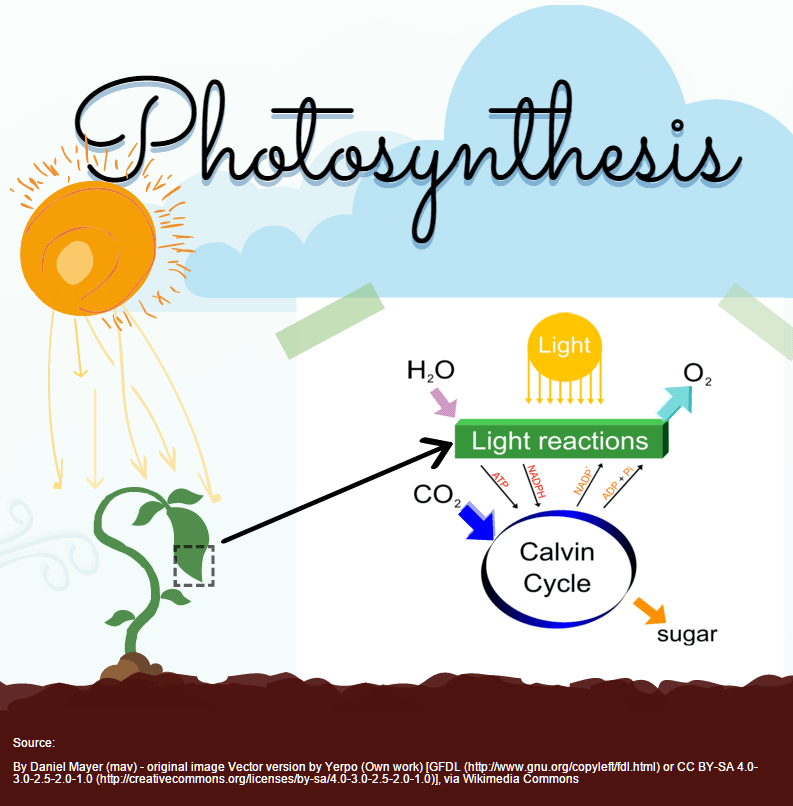Modifying plants for the environment & our future
Climate scientists are increasingly concerned about rising levels of carbon dioxide in the atmosphere and how this, in turn, impacts global temperatures. While considerable debate has existed over whether these impacts are due to nature or man, the vast majority (97%) of climate change scientists now have come to a consensus that mankind’s activities are predominantly responsible.
While most life forms on the planet gain little benefit from increased carbon levels, plants are the exception. Plants require carbon dioxide (CO2) to grow, giving off oxygen in return. Here is a quick high school refresher, photosynthesis is the process where plants use sunlight to convert carbon dioxide and water into sugar and oxygen. Don’t worry if you forgot, I had to look it up too!!
 Now imagine for a moment that plants could be modified to increase their ability to use carbon dioxide. This very research is currently underway, which modifies a plants ability to absorb greater amounts of carbon dioxide, thereby helping the plant to grow larger. The research has already successfully developed a new corn variety to increase its absorption of carbon dioxide by 40%, and it is now undergoing risk assessment by regulatory scientists in the United States. , and it is now undergoing risk assessment by regulatory scientists in the United States.
Now imagine for a moment that plants could be modified to increase their ability to use carbon dioxide. This very research is currently underway, which modifies a plants ability to absorb greater amounts of carbon dioxide, thereby helping the plant to grow larger. The research has already successfully developed a new corn variety to increase its absorption of carbon dioxide by 40%, and it is now undergoing risk assessment by regulatory scientists in the United States. , and it is now undergoing risk assessment by regulatory scientists in the United States.
An innovation of this type holds great potential to improve environmental sustainability. There is a benefit to producing more food per acre with the same level of inputs. If this technology is transferrable to forage crops, higher yields per acre could be achieved for livestock feed and biofuels. Fruits and vegetables varieties have an even greater potential for this technology, given present yield levels. Using CO2 to produce more food per acre is one solution to feeding an increasing global population.
Yield enhancements from this innovation are capable of offering benefits for food insecure developing countries. The distribution of food in developing countries is a common cause of food insecurity given wars and civil unrest, as well as unnavigable roads during parts of the year. However, if higher yields can be achieved in remote rural regions through this technology, this helps to reduce some of the pressures from food distribution to meet food security demands.
Not only could this plant innovation offer the benefit of increased food production but also the reduction of carbon dioxide in the atmosphere, which is a global environmental target. Perhaps in the right plant species, this carbon absorption innovation could be a game changer to adequately helping to feed a growing global population of 9 billion or more by the year 2050 and help to achieve carbon emission reduction targets at the same time.
There is a real concern that groups opposed to agbiotech will lobby against this carbon innovation, which would be a tragedy. Such an innovation offers a real solution to improving food security and reducing carbon emissions. We have already begun to see the impacts of increased carbon emissions, this plant innovation could offset CO2 emissions and contribute to climate change mitigation. What other alternatives are there if our society rejects this innovation? I, for one, am curious to know if those opposed to such a technology have a real solution. Are you?

